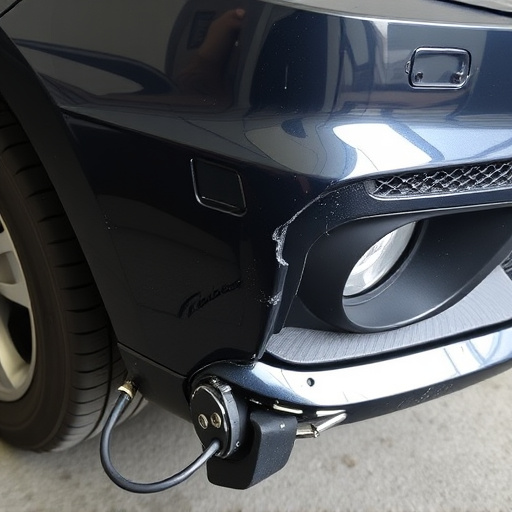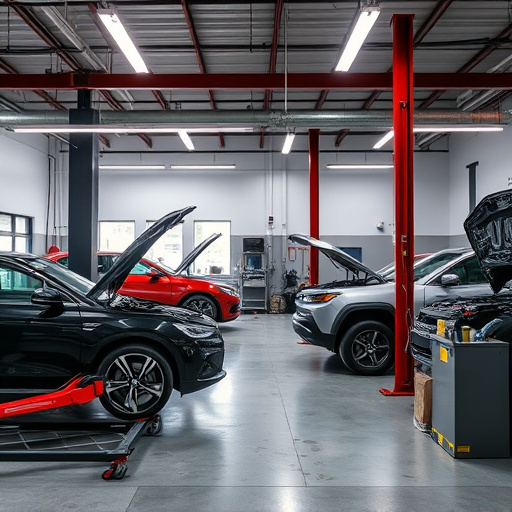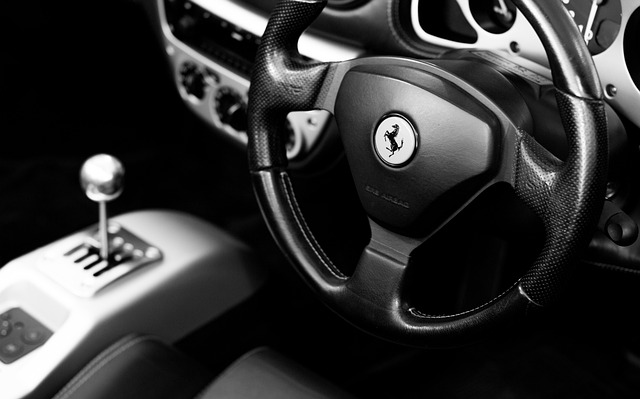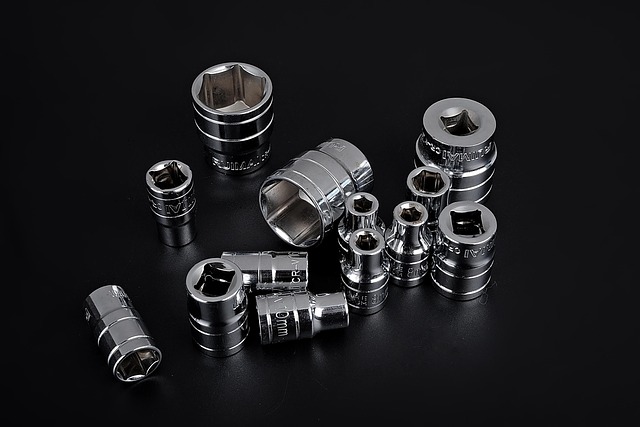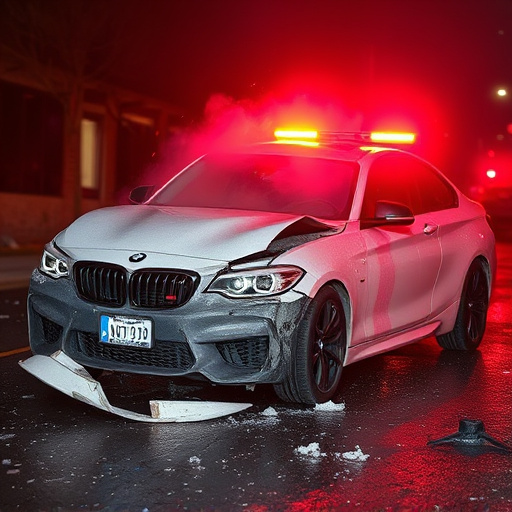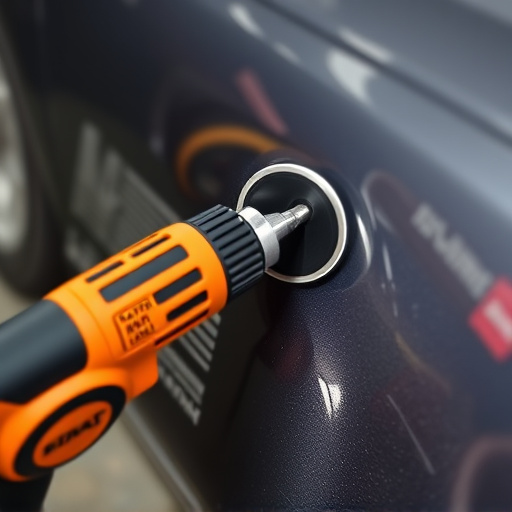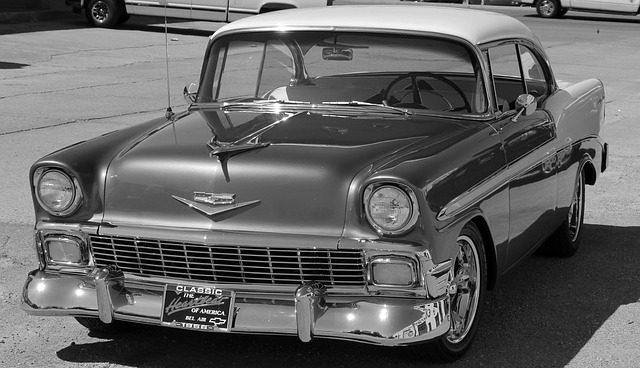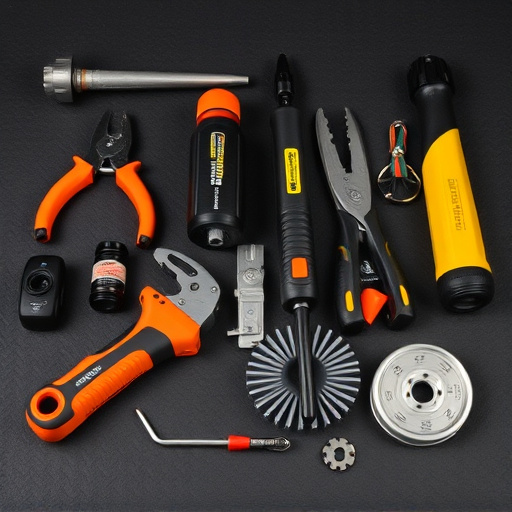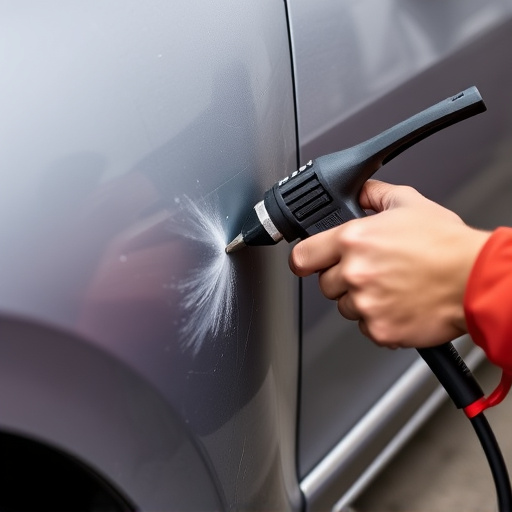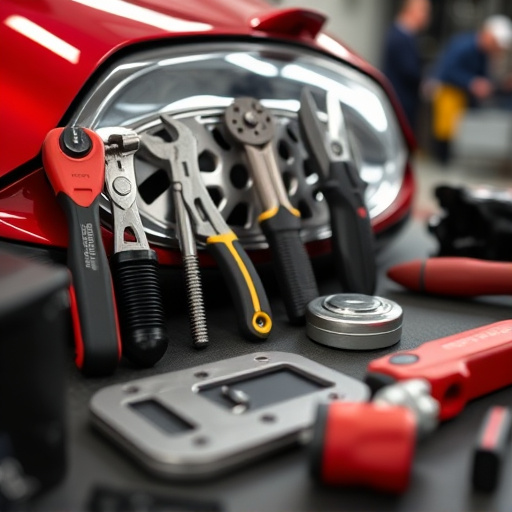After a car crash, even without visible damage, internal battery integrity may be compromised. Consulting professionals for battery health assessment is crucial for luxury vehicle owners seeking top-tier collision repair. When replacing a battery post-crash, evaluate market options based on vehicle make and model compatibility, focusing on reputable brands with advanced safety features and warranties. Skilled auto repair technicians follow specific guidelines for safe battery replacement, ensuring optimal electrical system performance and avoiding future issues.
After a vehicle crash, understanding the potential damage to your car’s battery is crucial before replacing it. This guide explores the process of choosing the right replacement battery, offering insights into common types and safety considerations. We’ll walk you through evaluating options, from identifying suitable voltage and capacity to ensuring compatibility. Learn essential installation guidelines for a secure fit, prioritizing safety with proper handling and disposal techniques for old batteries.
- Understanding Battery Damage After a Crash
- Evaluating Replacement Battery Options
- Installation and Safety Guidelines for New Batteries
Understanding Battery Damage After a Crash
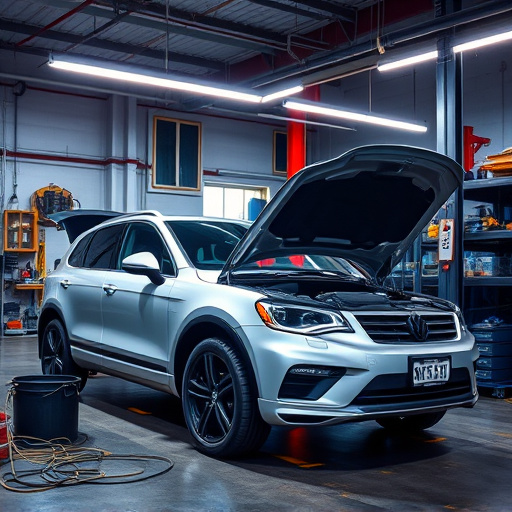
After a car crash, understanding battery damage is crucial for safe and effective battery replacement after crash. Batteries are sensitive components that can sustain various types of harm during an accident. In some cases, external impact might cause visible fractures or spills, indicating immediate replacement. Even if there are no outward signs of damage, internal structural integrity may be compromised, leading to reduced performance or unexpected failures post-crash.
For owners of luxury vehicles or those prioritizing top-tier car collision repair, it’s essential to consult with professionals who can thoroughly assess battery health. Auto body repairs following a crash should encompass a comprehensive check on all electrical systems, including the battery, to ensure they’re in optimal condition and ready to power your vehicle safely and reliably.
Evaluating Replacement Battery Options
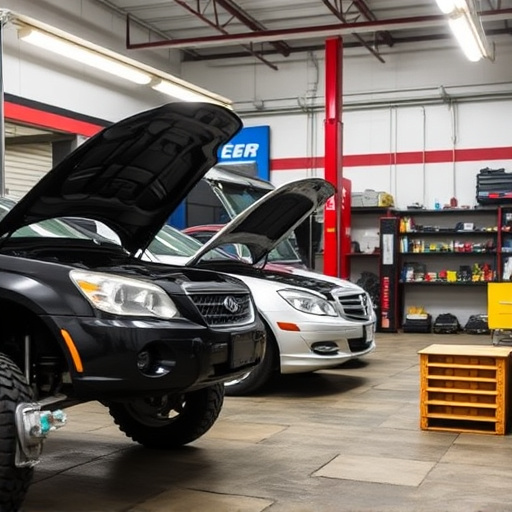
When considering a battery replacement after a crash, it’s crucial to evaluate various options available in the market. Start by assessing your vehicle’s make and model to ensure compatibility. Different cars require specific voltage and capacity batteries, so consulting your vehicle’s manual or seeking advice from a professional mechanic can be beneficial. Look for reputable brands known for their quality and durability, especially when dealing with high-performance or electric vehicles.
Additionally, explore options that offer advanced safety features like overcharge protection, thermal management, and enhanced leak resistance to safeguard against potential hazards. Some batteries even come with smart technology that provides real-time performance data and alerts for maintenance needs. Moreover, consider the warranty period, ensuring it aligns with your expectations for long-term reliability. Whether you opt for a standard replacement or explore advanced models, carefully evaluating these factors will help choose the best battery to get your vehicle back on the road safely after collision damage repair or scratch repair in cases like Mercedes Benz repair.
Installation and Safety Guidelines for New Batteries
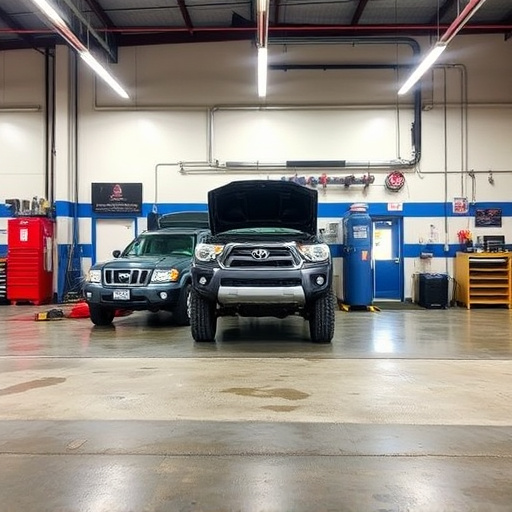
When installing a new battery after a crash, safety should be your top priority. Always consult your vehicle’s manual for specific guidelines related to your make and model. Many modern vehicles have sophisticated electrical systems that require precise connections and programming. Attempting to install a new battery without proper knowledge can lead to short circuits, damage to the vehicle’s computer, or even fire hazards.
At an auto repair shop, experienced technicians are trained in both auto maintenance and battery replacement after crash scenarios. They understand the importance of grounding connections, securing the battery properly, and double-checking for any signs of corrosion on terminal ends. Moreover, they can ensure that all electrical systems are functioning optimally after the installation, preventing future issues related to a poorly fitted or faulty battery.
When choosing a replacement battery after a crash, understanding the damage and evaluating your options is key. Prioritize safety with proper installation guidelines, ensuring a reliable and durable solution. With the right approach, you can effectively navigate battery replacement for a smoother return to peak performance. Remember, a well-chosen replacement battery is essential for the longevity of your vehicle post-crash.
